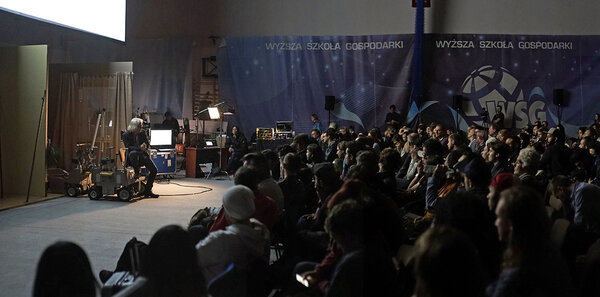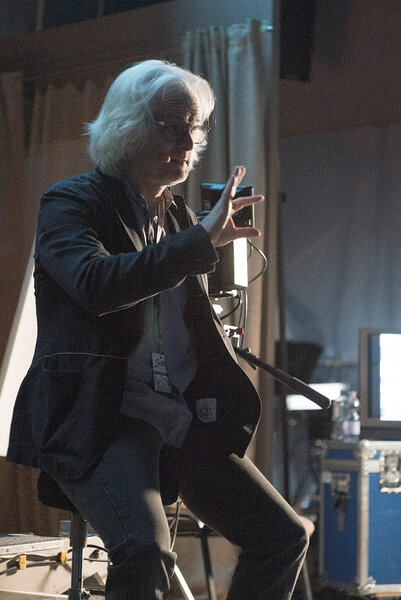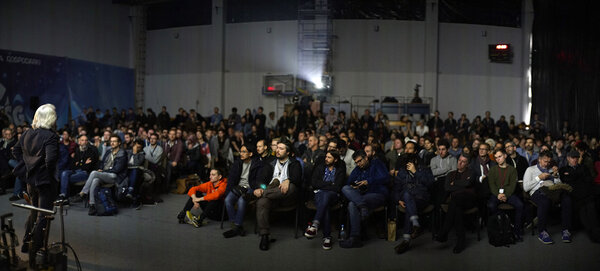Blockbusters and natural light
By François Reumont for the AFC
Although Claudio Miranda is from Chile, he has been working in Hollywood for many years. First, he was David Fincher’s chosen gaffer (Seven, The Game, Fight Club), and therefore he played a role in the exemplary visual continuity between those three films, which were all made by different directors of photography.
During the Californian director’s transition to digital on Zodiac, Claudio Miranda himself transitioned to the camera as a member of the second team. He began serious work on Benjamin Button, a project on which Fincher named him DoP.
Miranda recalls : “It’s true that in 2008, when I became the cinematographer on Button, the world of cinematography looked down its nose at me, not because I’d started out as a gaffer, but more because it was the early days of digital and it wasn’t the done thing to start off in digital at a time when most productions were still being made on film.” The former gaffer quickly proved himself and even received a number of prestigious nominations (Oscar, Bafta, ASC Award...).
Later, he was crowned with a real-life Oscar for Life of Pi. “It was a really hard film to pull off”, explains the cinematographer, “with a story that was supposed to take place outside on a raft, but also in 3D, with a Bengal tiger to boot !” He explained to the audience how he carried it out by trying to film in natural light as often as possible.
“We built a 75 by 30 meter wave pool, and we modelled the trajectory of the sun from the first day to the last day of shooting so that we could anticipate the axes. A 120 by 40 meter scaffolding allowed me to stretch out diffusing fabric (silk) to recreate the passing of clouds overhead, and even sometimes blacks to darken the set... Similarly, the blue screen could also open up to allow the setting sunlight in, or a spotlight, as the case might have been...”


Another project with the same approach, in a certain way, was Joseph Kosinski’s Oblivion (2013). “In this suspense movie, the main set was a gigantic tower whose tip was supposed to be hidden in the clouds.” Here, too, many discussions were necessary before shooting to decide on the best way to shoot those scenes...
“I’ve worked with a lot of filmmakers who try to do as much as they can during shooting. Relying too heavily on postproduction and special effects means letting go of control during shooting, not to mention the budget, which can sometimes take off and ends up holding the production hostage.”
The director of photography ended up convincing Universal Studios not to rely on the traditional chroma key background for that set. “That sort of control tower was entirely covered in glass 360° around, and provided a panoramic view on the clouds.” Besides the reflections off of the glass windows, Claudio Mirandi also highlighted the difficulty of correctly lighting both the background and the actors.
“We ended up covering the entire circle with projection screens, I sent a second team to film the plates for projection on top of a Hawaiian volcano (with a combination of RED cameras that could film 360° around). The result : 21 projectors projecting a 15K image on a circular panoramic screen with a circumference of 150 meters.
“In order to create a sense of realism, I had to shoot those scenes with Master Prime lenses at 1.4 aperture, and to set the Sony F65 at 800 ISO. I think I was really pushing the limits of what a producer could accept ; doubling the number of projectors in order to be able to increase the aperture by a stop would have been the straw that broke the camel’s back !”
The result, according to Claudio Miranda, was an incredible shoot with actors who were excited to really be in the middle of the clouds, and a frontal projection that also became the main light source for the set.
(Translated from French by Alexander Baron-Raiffe on behalf of the AFC)
 En
En Fr
Fr




